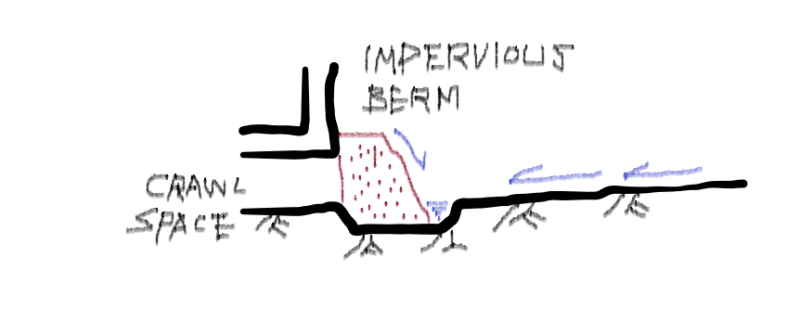I am wondering if soils under foundations are typically assumed to be wet? They are in the earth, after all.
We make foundation drains, but is the point of these to keep the the supporting soils dry? Or to keep bulk water out of the foundation for other reasons?
I am still trying to understand if water migrating underneath a footer/beam foundation is a structural threat, or just inconvenient(mold, not nice to work in puddled water, etc)
Soils are sandy clay. Non-expansive as far as I know.
We make foundation drains, but is the point of these to keep the the supporting soils dry? Or to keep bulk water out of the foundation for other reasons?
I am still trying to understand if water migrating underneath a footer/beam foundation is a structural threat, or just inconvenient(mold, not nice to work in puddled water, etc)
Soils are sandy clay. Non-expansive as far as I know.

